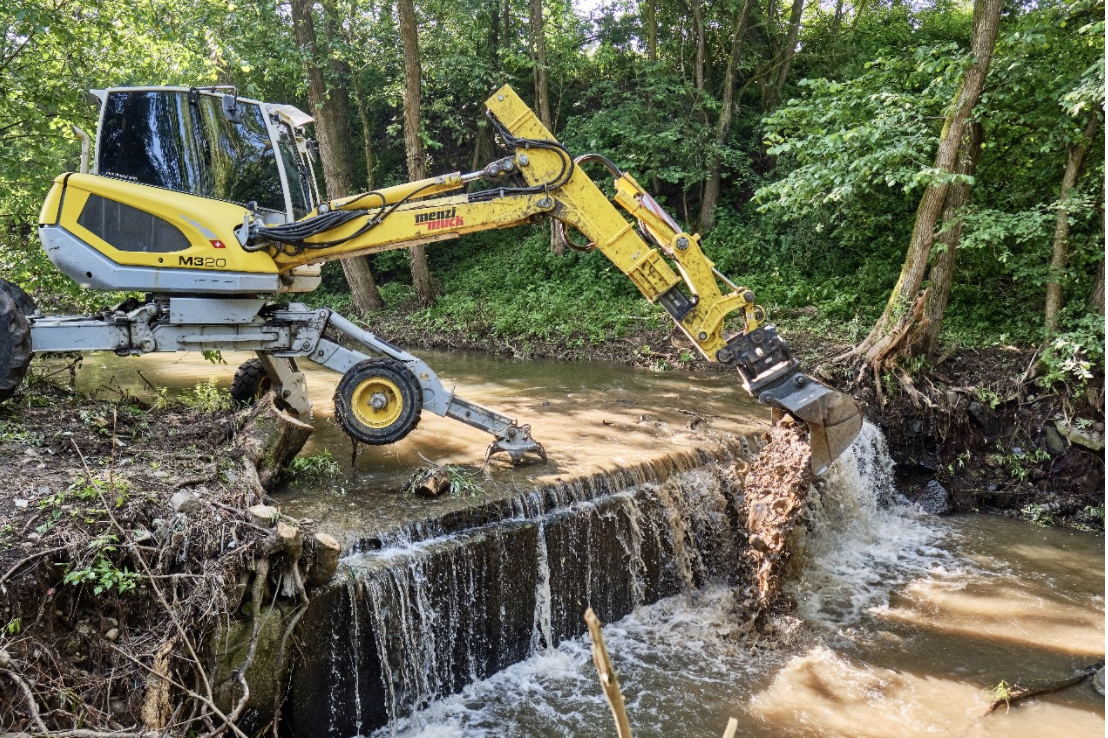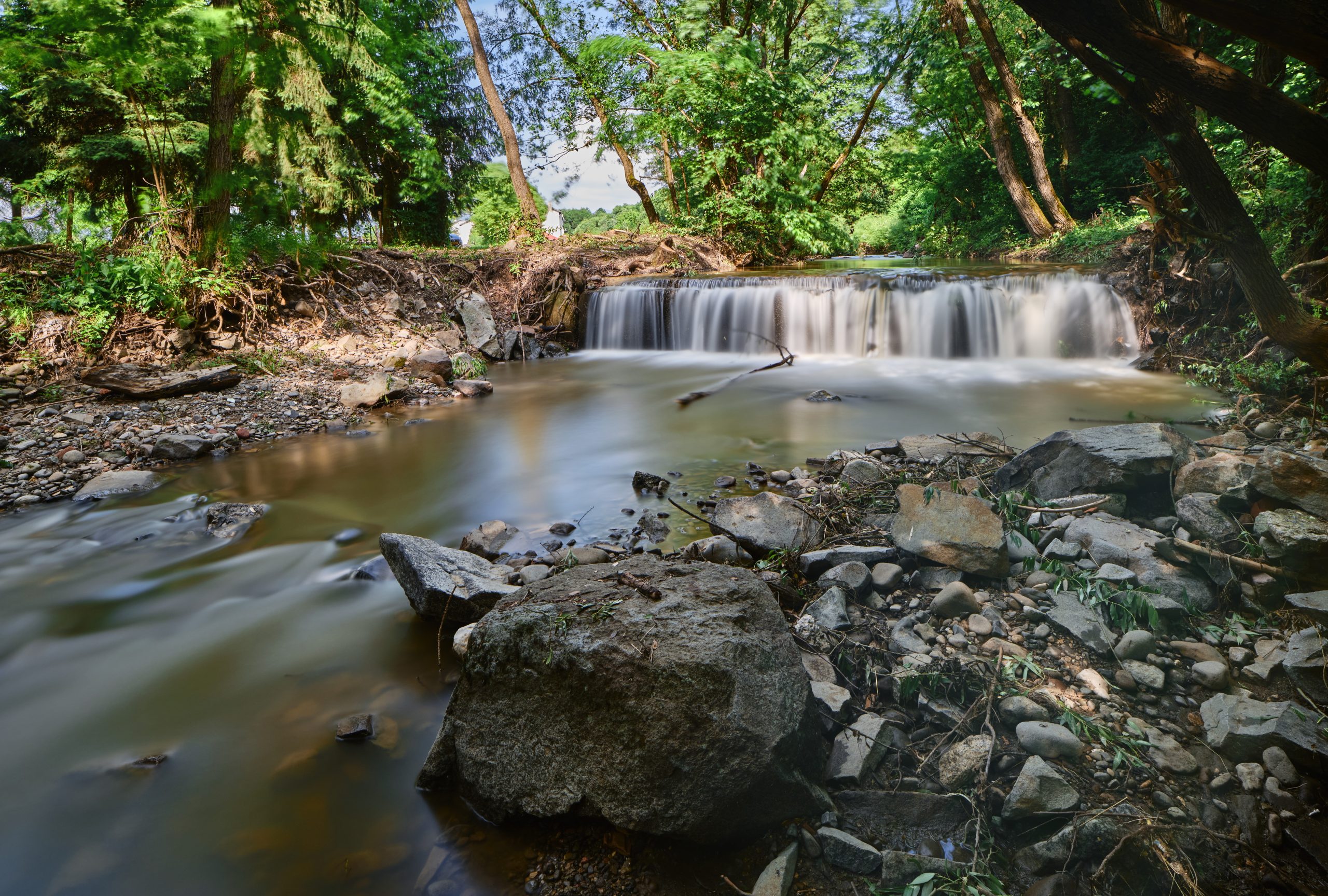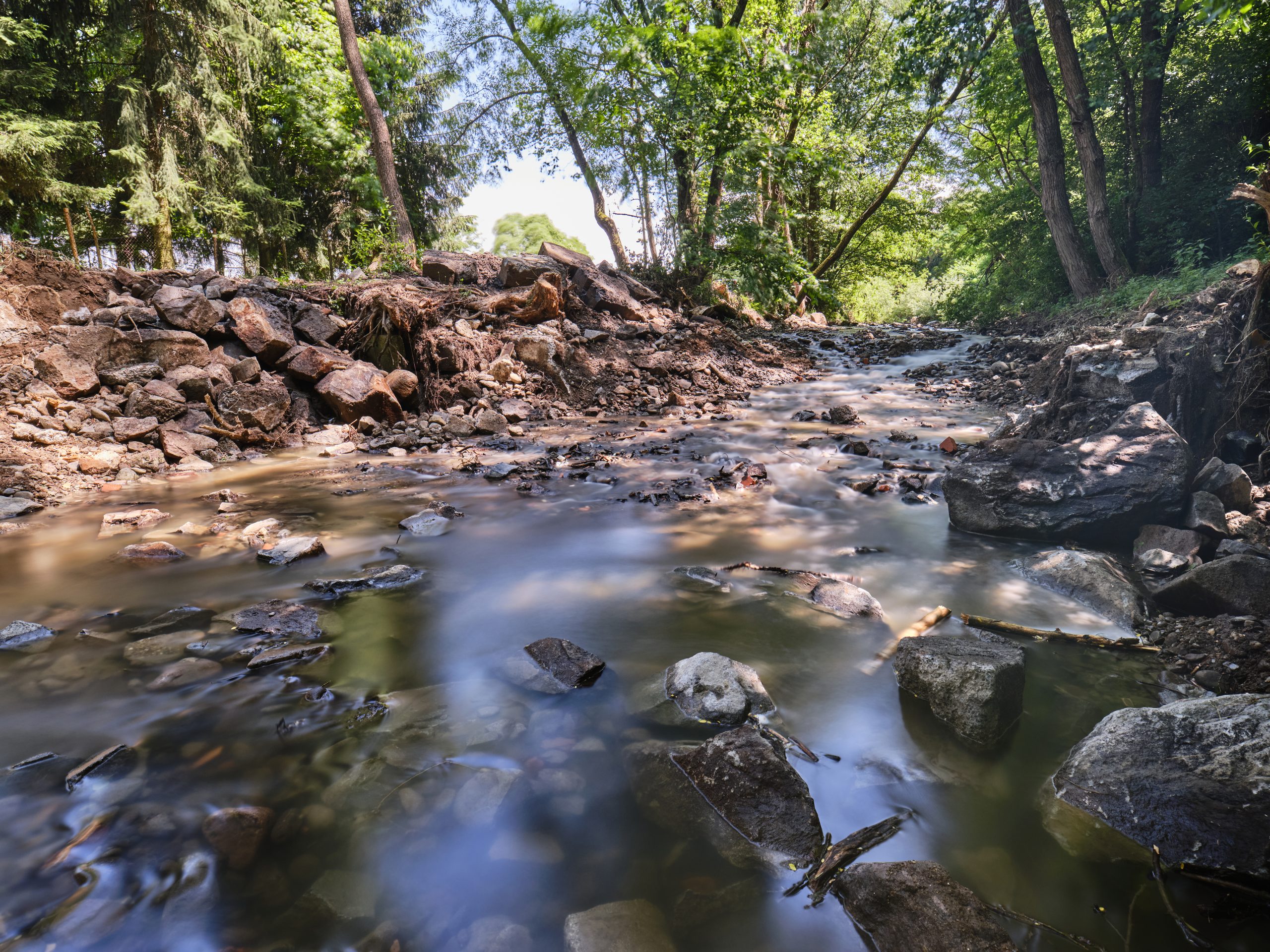Slovakia has removed a dam through crowdfunding
River Hučava
River Hučava, a name that evokes the sound of falling water, springs from the caldera of Poľana volcanic mountain at a latitude of 1330 m and flows for 38 km before intersecting with River Zolná. Poľana is situated in Central Slovakia within the Poľana Protected Landscape Area (designated in 1981). It is a Site of Community Interest and Special Protected Area under the NATURA 2000 Network (Figure 1), and it has also been included in the UNESCO list of Biosphere Reserves since 1990.







